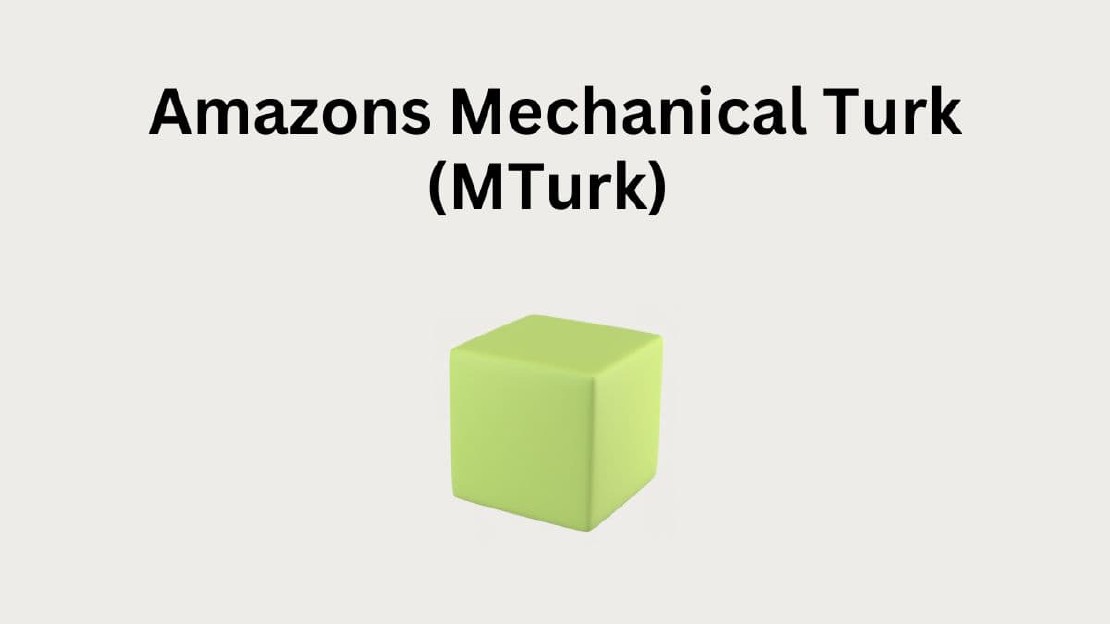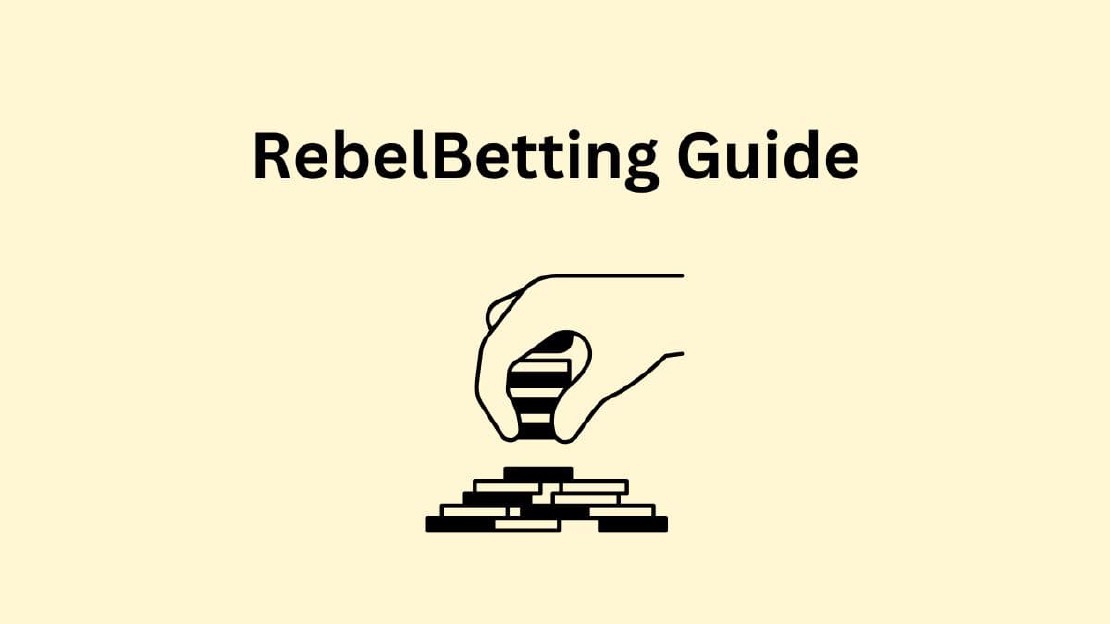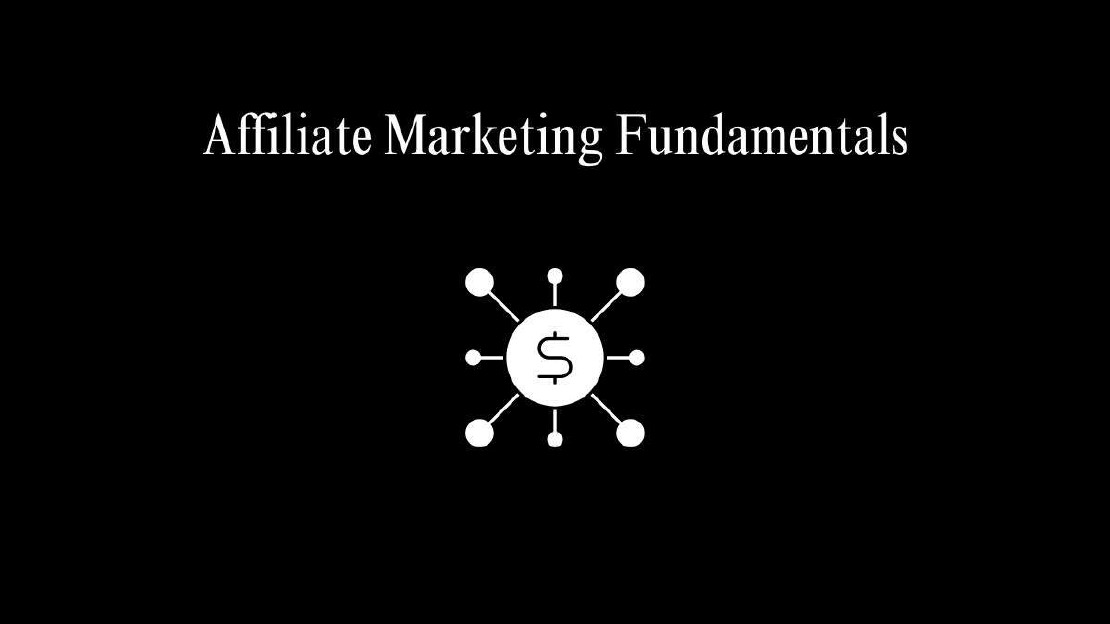Affiliate Marketing Fundamentals
There are several reasons why you should consider the fundamentals of affiliate marketing. To begin with, over the last decade, the referral marketing industry has grown tremendously. According to research, the referral marketing space was valued at around 13 billion in 2016. Fast-forward to 2023, it is worth 17 billion. On top of that, you can earn passive income and generate online income 24/7, even while you sleep!
As an experienced affiliate marketer, I’m excited to guide you through the ins and outs of this lucrative industry. By the end of this article, you’ll understand how referral partnerships work, more importantly, how you. More importantly, you can find out how to become a successful partner in the space.
What is Affiliate Marketing?
A short version would be: a performance-based advertising model where publishers earn commissions for leads, sales, or referrals. When customers take specific actions like purchasing goods or signing up for trials, partners earn a commission. Typically, partners promote vendors’ products or services through websites, blogs, and social media using referral links and banners.
Key Players:
- Merchants (Advertisers): These are the businesses or individuals who sell products or services and offer referral programs.
- Partners (Publishers): These are individuals or companies that promote the merchant’s products to earn commissions.
- Consumers (Customers): These are the end users who purchase products through the members’ promotional efforts.
- Affiliate Networks (Intermediaries): These platforms connect publishers with merchants and handle tracking, reporting, and payments.
How Does it Work?
There are five steps that take place in the referral marketing process:
- Merchant Partnership: First, a merchant signs up and pays a partner network to sell products or offer services.
- After joining a top notch affiliate program, the publisher receives unique custom links to sell digital products or offer services.
- Next, the product or service is promoted on the publisher’s platform, i.e., (social media channel, website, blog).
- A customer purchases a product or service on the publisher’s platform.
- Lastly, the publisher earns a payout for qualified actions, and the merchant earns a return on investment.
Popular Program Models
Referral marketing programs can be categorized into pay-per-click, pay-per-sale, and pay-per-lead. Each type offers different commission structures and benefits, allowing marketers to choose the program that best fits their promotional strategy.
- Pay-Per-Sale (PPS): In PPS programs, partners earn a commission based on the sales they generate.
- Pay-Per-Lead (PPL): PPL programs reward referral partners for generating leads, such as sign-ups, form submissions, or free trial registrations. This model is effective for businesses that prioritize building their customer database.
- Pay-Per-Click (PPC): In PPC programs, publishers earn money based on the number of clicks their referral links receive, regardless of whether a sale is made.
- Two-Tier Programs: Two-tier referral programs allow you to earn commissions not only on your own sales but also on the sales generated by partners you refer to the program.
- Recurring Commissions: Some programs offer recurring commissions, where members earn ongoing payments for as long as the referred customer continues to use the product or service.
Effective Tactics for Earning Through Partnerships
Referral marketing is a powerful and flexible way to earn money online by promoting products and services. By understanding the basics, exploring different types of programs, and implementing effective strategies, you can build a successful referral marketing business. Below are strategies for effective referral marketing campaigns:
Blog to Encourage Conversation
Creating valuable content is the cornerstone of successful referral marketing. This can manifest in various forms, such as blog posts, reviews, tutorials, or how-to guides. High-quality content establishes trust with your audience and compels them to click on your referral links. For instance, a comprehensive review of a fitness tracker, complete with pros, cons, and personal anecdotes, can generate more conversions than a mere advertisement. Moreover, not only does this content foster engagement, but monetizing your blog also provides a steady stream of income.
Focus on Quality Content
Content is king in marketing. Publishers should create high-quality, engaging, and informative content like blog posts, product reviews, tutorials, or videos. The goal is to provide value with compelling copy that boosts conversion rates.
Utilize Multiple Channels
Successful marketers use multiple channels to promote their content and reach a broader audience. This might include social media platforms, email marketing, and even paid advertising. Diversifying traffic sources reduces reliance on any single platform and increases overall exposure.
Send Emails to Target Market
Building an email list allows you to promote products directly to a targeted audience. Offer valuable content or incentives, like free eBooks or exclusive discounts, to encourage sign-ups. Once you have a list, you can send regular newsletters, product recommendations, and special offers to keep your audience engaged and drive sales.
Use SMM to Promote Partnered Products
Utilizing social media marketing strategies for platforms like Instagram, Facebook, Twitter, and Pinterest is effective for promoting partnered products. Share engaging content, such as product reviews, unboxing videos, or user testimonials, and include your referral links. Use hashtags and interact with your followers to increase visibility and drive traffic to your links.
Implement Paid Advertising Strategies
Paid advertising, such as Google Ads or Facebook Ads, can quickly drive targeted traffic to your offers. While this method requires an investment, it can be highly effective if done correctly. Start with a small budget, test different ad creatives, and use detailed targeting options to reach your ideal audience.
Always Track Your Performance
Tracking tools are essential for monitoring your campaign performance. Tools like Google Analytics, ClickMeter, and Voluum help you track clicks, conversions, and sales, allowing you to optimize your campaigns and maximize your earnings.
Take Advantage of Content Creation Tools
Creating high-quality content requires the right tools. Use graphic design tools like Canva for creating visuals, Grammarly for checking grammar and readability, and tools like Ahrefs or SEMrush for keyword research and SEO analysis.
Recent Posts

- Work From Home
Amazons Mechanical Turk Monetization Tips
Looking for flexible online income? These Amazons Mechanical Turk monetization tips will help you turn small tasks into real earnings. If traditional remote …

- Work From Home
Fulfillment by Amazon Complete Guide
Launching and scaling an online store can feel overwhelming. Managing inventory, shipping products, handling returns—each task demands significant time and …

- Side Hustles
RebelBetting Complete Guide
In recent years, sports betting has transitioned from casual entertainment into a serious income opportunity for savvy bettors. However, consistently beating …
